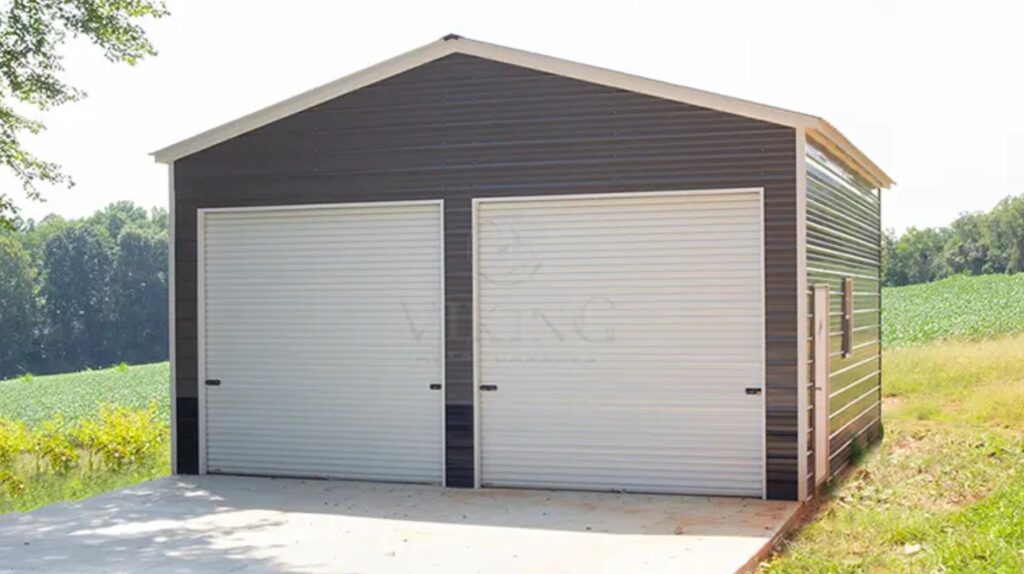It is time to prepare your metal building for winter if you are utilizing an existing building you’ve on your property as a parking garage. The temperature might drop close to freezing, even if you live in a place where it rarely snows. You really want to winterize your parking garage structure in order to avoid these unpleasant months The reason for this is that most people do not think about insulating their garages which is one of the reasons why they find it tough to revamp it. Insulation decreases the heat transference, which ensures that both in winter and summer our interiors remain warm or cool.Winter-Proof Metal Garage
Western-Mass Metal Garages: Why You Winter-Proof Your Metal Garage
It protects stored items. Winter-Proof Metal Garage
Helps Avoid Damage to the Structure
This will help make the parking garage building an energy efficient place.
This makes a cozy area to work and hang out in for a couple of hours.
It extends the life of your metal garage.
The Ultimate Guide To Winter-Proofing Your Metal Garage
Keep Heat In By Insulating Walls And Ceiling
Correctly insulated walls and ceilings using the right R-value will minimize heat gain into or out of the building. This also reduces the risk of condensation. You can use fiberglass batt insulation for an incomplete parking garage structure. In addition, weatherstripping doors and windows will create further insulation.
Wherever you have material like weather stripping make sure to check and repair them, otherwise they will create drafts in the room. If needed, you can replace them.
Eliminate Drafts By Sealing Up Gaps And Cracks Winter-Proof Metal Garage
Take a look around your garage for any gaps, cracks, and holes. If you do, seal them up with caulk or foam sealant so cold air cannot get into the parking garage building. When it comes to the moving parts, such as doors and windows you should check seals and hinges.
For long-lasting use you could also buy waterproof sealant which is silicone-based.
Apply Warmth Using Either Space Heater Or Heated Flooring
And if you want the garage to stay somewhat warm, think about a garage heater. Make sure that when you buy a heater
Organize And Store Items Winter-Proof Metal Garage
Avoid creating a cutter. Invest hard on strong, good quality shelves, racks/sturdy hooks etc for storage. For the height of your parking garage building is high, you can have an overhead rack to install. Firstly, always ensure that the roof can withstand the load of the rack and items placed in it.
You can use small hole pegboards for storing smaller items, and large hole pegboards for heavy stuff. The ice or melting snow when indoor mixed with melted water can damage boxes where stuff lies on the floor.
Prevent Pipes From Bursting By Wrapping Them
Do you have exposed pipes in your garage? If so, it’s time to wrap them in foam, mineral wool, or fiberglass insulation to prevent freezing. That will prevent cracking or irregularities in the flow of water.
Fixed Space For Wet Clothes & Footwear
Dedicated area for wet clothing, jackets and snow shoes Water, salt, slush and dirt stick to shoes during winter – and tires of vehicles. Instead, leave a dedicated space at the entrance of your metal parking garage building to eliminate this possibility.
Salt should be removed, both from your shoes and from the car — all tires, wheel wells, brakes, body panels, exhaust systems and suspension parts get salty residue on them that needs to go before you park.
Store Sand For Icy Conditions
You do not need to, but you can store sands in a box to sprinkle it on an icy driveway. In super low temperatures, sand performs better. It also makes it easier to drive when spread on top of the ice.
How to Keep Your Garage Safe & Secure In Winter Months
With these tips and an insulated garage addition, you can ensure keeping indoors warm during the winter. It is advisable for you to repair any cracks, gaps, or dent in your metal parking garage structure before the icy chilly season comes. Make sure to also weatherstrip and insulate your garage doors as this will help you gain maximum warmth.
